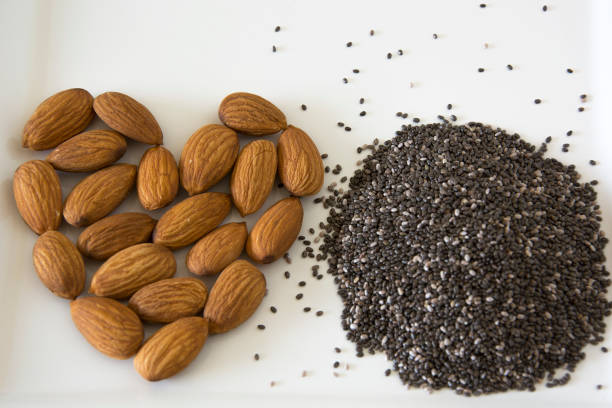Contents
It seems like eons ago now that such a wide variety of dairy-free milk is available. All of which is fantastic news for vegans and lactose-intolerant individuals. But it would appear that we have forgotten that milk can come from sources other than cows and almonds.
Even though cows produce 85 percent of the world’s milk, there are many regions where cattle cannot thrive. Therefore, these societies must rely on alternative milk sources. Due to their nutritional value and digestibility, alternatives like goat and camel milk have begun appearing in health food stores in Australia and the United States.
Read on to learn about unusual animal milk that is worth trying.
Camel milk
People in many different regions, particularly Africa, the Middle East, and Asia, regularly drink camel milk as an alternative to cow’s milk. It has a high reputation for being healthy because it contains many useful nutrients like vitamins, minerals, and proteins.
The fat content of camel’s milk is much lower than that of cow’s milk, and its iron and mineral content is much higher. Other positive health effects from drinking camel milk, such as enhanced immune function, decreased inflammation, and reduced blood sugar levels.
Fresh, pasteurized, and powdered camel milk are just a few of the forms it can be found in that is sold as a specialty food item in many different nations. One can buy camel milk in USA to benefits their health.
Goat milk
Goat’s milk is a popular alternative to cow’s milk around the world. It has a comparable nutrient profile to cow’s milk, but its smaller fat globules and higher quantities of medium-chain fatty acids may make it more digestible for some people. Goat’s milk may be preferable for those who are lactose intolerant because it has significantly less lactose than cow’s milk.
Vitamins D and B12 are particularly abundant in goat’s milk, and the milk itself is rich in protein and calcium. Minerals like potassium and phosphorus are abundant as well.
Fresh, pasteurised, and powdered goat’s milk are just a few of the ways you can get this nutritious beverage.
Sheep milk
Many cultures throughout the world use milk from sheep as a source of nutrition. It is commonly utilised to create dairy products like cheese and yoghurt due to its high fat and protein content. Calcium, vitamin D, and vitamin B12 are all found in abundance in sheep’s milk.
The flavour of sheep’s milk is different from that of cow’s milk and goat’s milk. Furthermore, it contains more lactose than cow’s milk, which may make it less suited for those who are lactose intolerant.
Fresh, pasteurised, and powdered sheep’s milk are all readily accessible options.
Yak milk
Many cultures around the world, especially those in Tibet and Nepal, have a long history of drinking yak milk. It’s frequently used to make cheese and yoghurt because of its high protein and fat content. Calcium and other minerals like vitamins D and B12 can be found in abundance in yak milk.
You won’t find any similarities between the flavours of cow’s milk and goat’s milk and yak milk. Availability of yak milk is limited outside of its native consumption areas, though it can be tracked down occasionally in specialty grocery stores and even online. Fresh, pasteurised, and powdered versions are all on the market.
Final words
Milk from camels, goats, and even buffalo can be found in many countries. Even while scientists say it’s safe to drink the milk of dolphins and sea lions, the concept may make you sceptical. However, there are various camel milk blogs and articles related to milk’s from other animals available on the websites. Milk comes in a wide variety of mineral compositions, and these variations can provide clues as to the nutritional value of individual minerals.




